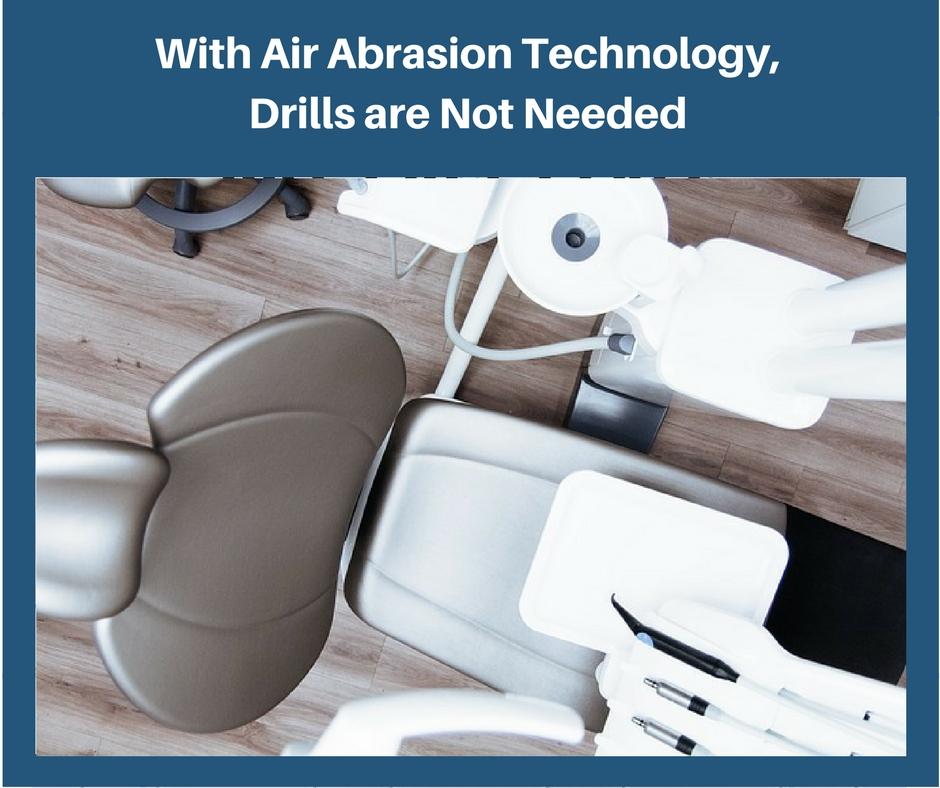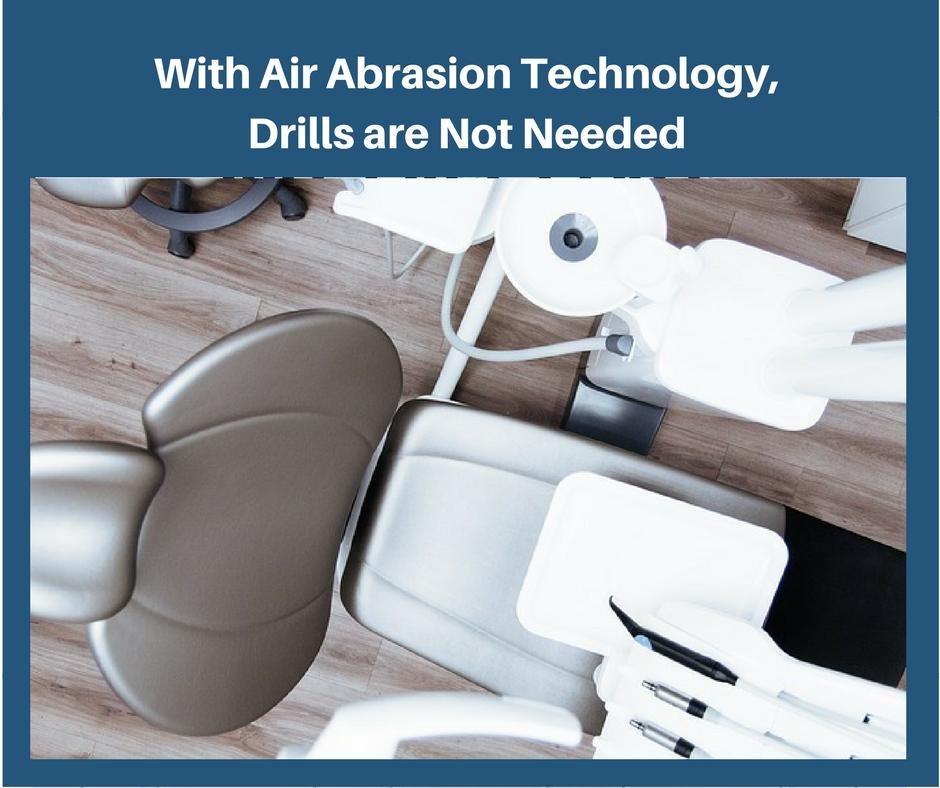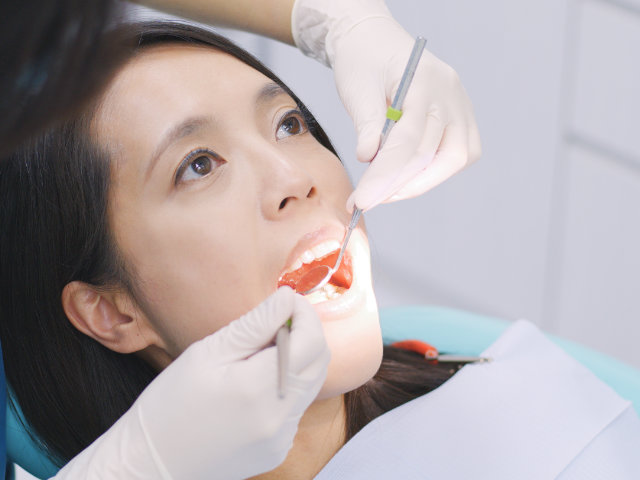Air Abrasion Eliminates Traditional ‘Drill and Fill’ Dental Method


Members of our growing biomimetic dentistry community are committed to minimally invasive dentistry and techniques that preserve as much as the natural tooth as possible. One of the most commonly used techniques that adheres to our standard of dentistry is called Air Abrasion.
Air abrasion is a drill-free technique that removes small areas of tooth decay. Much like a sandblaster that removes paint from walls, the air abrasion hand-piece blows a powerful air stream of tiny particles onto the tooth, blasting the decay away and leaving a much cleaner and smoother tooth surface.
(RELATED: The #1 Way to Grow Income and Productivity …With Biomimetic Dentistry)
How Does Air Abrasion Work?
During air abrasion, a narrow stream of particles aims at the stained or decayed area of the tooth. These particles are often made of silica, aluminum oxide, or a baking soda mixture. They are propelled toward the tooth surface by compressed air or gas that runs through the dental handpiece that looks almost like an airbrush. Small parts of decay are removed from the tooth surface as the stream of particles strikes them with good pressure.
The decay particles are then “suctioned” away through a thin tube.
 Benefits of Air Abrasion
Benefits of Air Abrasion
There are many benefits of using air abrasion compared to traditional dental drilling, including:
- Air abrasion generates no heat, vibration, or pressure.
- Air Abrasion does not produce a scary sound as in the case of tooth drilling machine. The air abrasion procedure reduces fear in patients.
- Often, air Abrasion may reduce the requirement for anesthesia, especially if the cavity is shallow.
- More of the healthy tooth structure is left behind in Air Abrasion, unlike drilling.
- Air abrasion does not involve the risk of fracturing and chipping of the tooth.
(RELATED: The ABD Guide to Practicing Pain-Free Dentistry … and Why it’s Revolutionary)
Other Advantages of Air Abrasion
Air abrasion is a good alternative for all patients with minimal tooth decay — especially children and for people who are nervous or elderly who fear the drill (dental anxiety) or the noise that comes from it.
Also, natural, tooth-colored composite fillings typically work best with air abrasion. This is because the composite material adheres best to teeth which have been smoothened by the air abrasion technique and this makes the filling last longer.
Join the Academy of Biomimetic Dentistry
Interested in learning more? Join our growing membership base at the Academy of Biomimetic Dentistry and learn, train, and network with the most renowned biomimetic dentists in the world.
